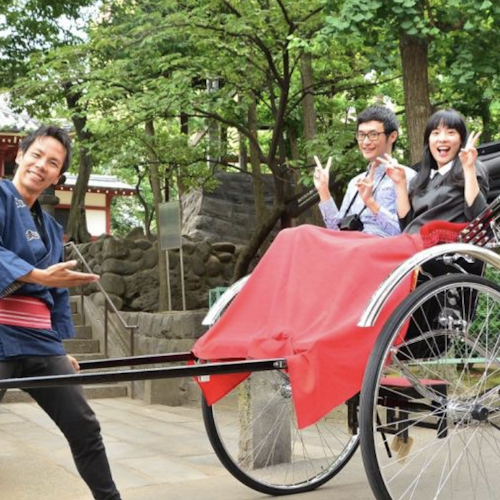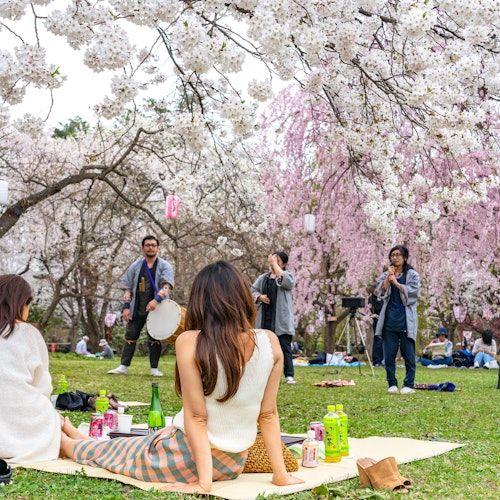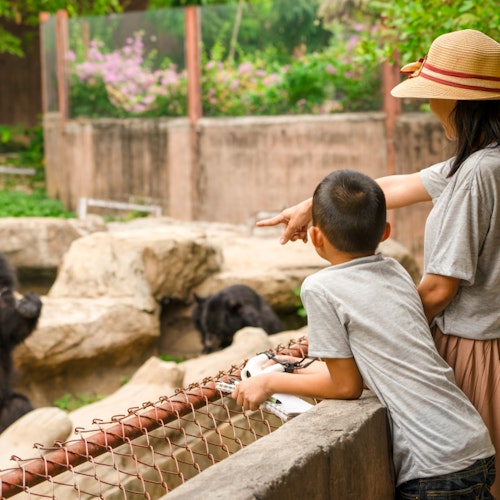
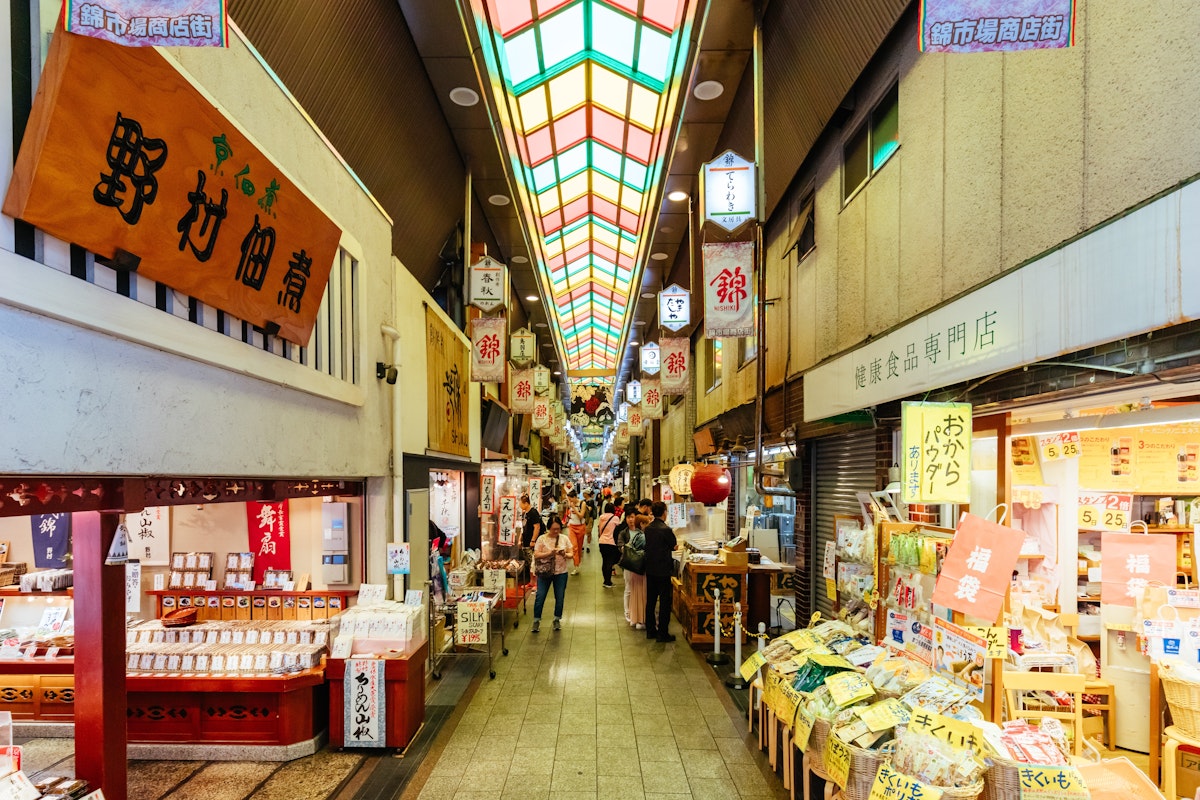
Nishiki Market, affectionately known as "Kyoto's Kitchen," is a vibrant, narrow shopping street with delicious aromas and authentic Japanese flavors. Located in downtown Kyoto, this historical market has served locals and tourists for centuries and offers everything a food lover could dream of.
From fresh seafood to unique Japanese sweets, Nishiki Market in Kyoto is a must-visit for anyone who wants authentic Japanese street food and culture. Let's dive on a culinary journey through Nishiki Market to explore some of the best local eats and unique dishes that capture the essence of Kyoto.
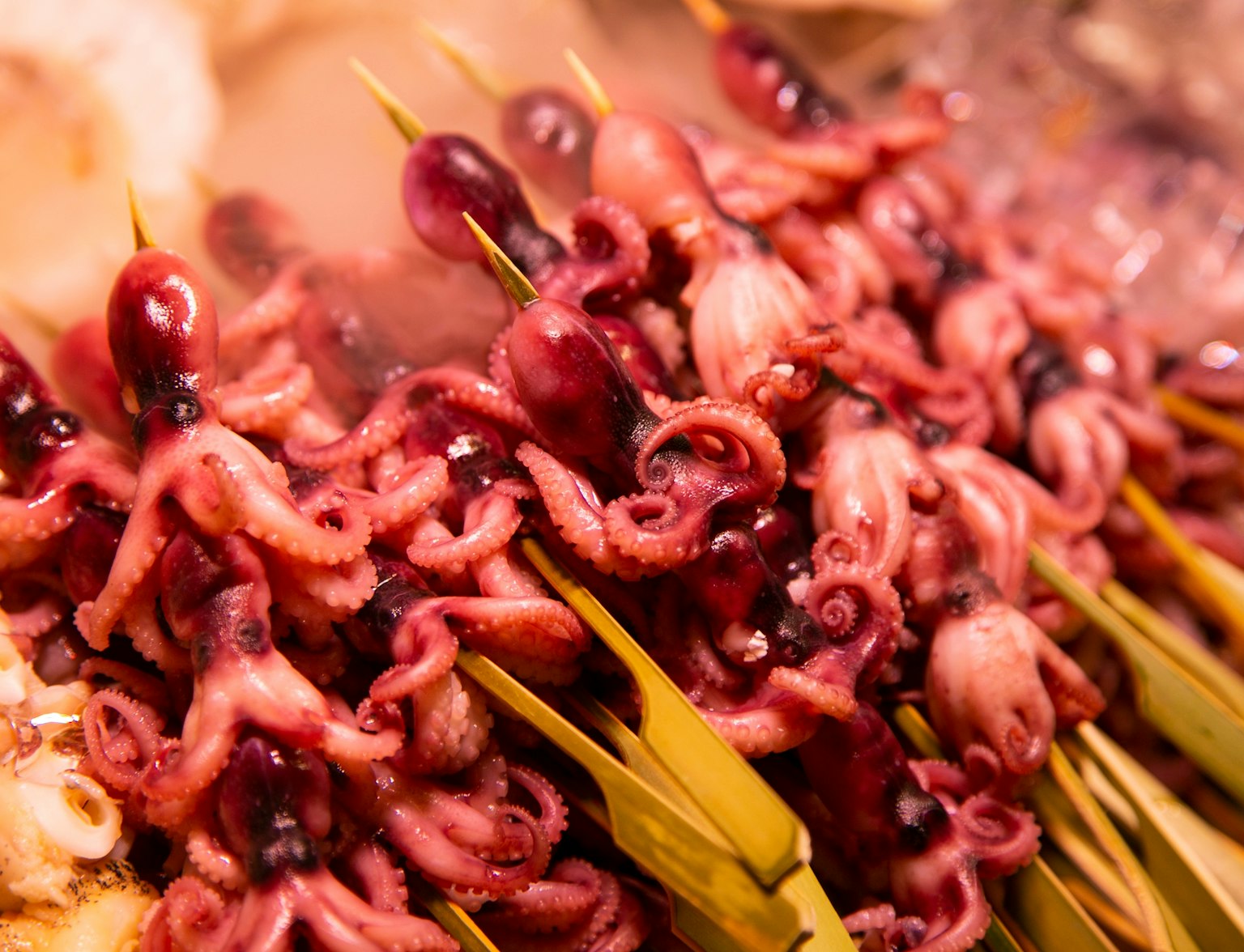
Explore Kyoto's food scene with a knowledgeable guide on a 3-hour private tour.

Situated a block north of Shijo Street and easily accessible from Shijo Station or Kawaramachi Station, Nishiki Market is a lively, covered market street stretching five blocks long in downtown Kyoto. Known for its nickname "Kyoto's Kitchen," it's famous for its wide variety of food stalls and shops that showcase locally produced ingredients, including Kyoto vegetables (kyo yasai), seafood, and Japanese sweets.
The market is an exciting blend of traditional and modern flavors. It's one of the best places to experience Japan's renowned food culture in a vibrant, immersive way.
Though highly crowded, this food market is a treat for the senses. With over 130 shops and stalls, Nishiki Market is a one-stop destination for things food-related, from fresh produce and pickled vegetables to skewered octopus heads, or "tako tamago," a popular Kyoto delicacy that includes a quail's egg inside each octopus head.
The market is bustling from morning until evening, making it a fantastic spot for a day trip or even an early dinner.
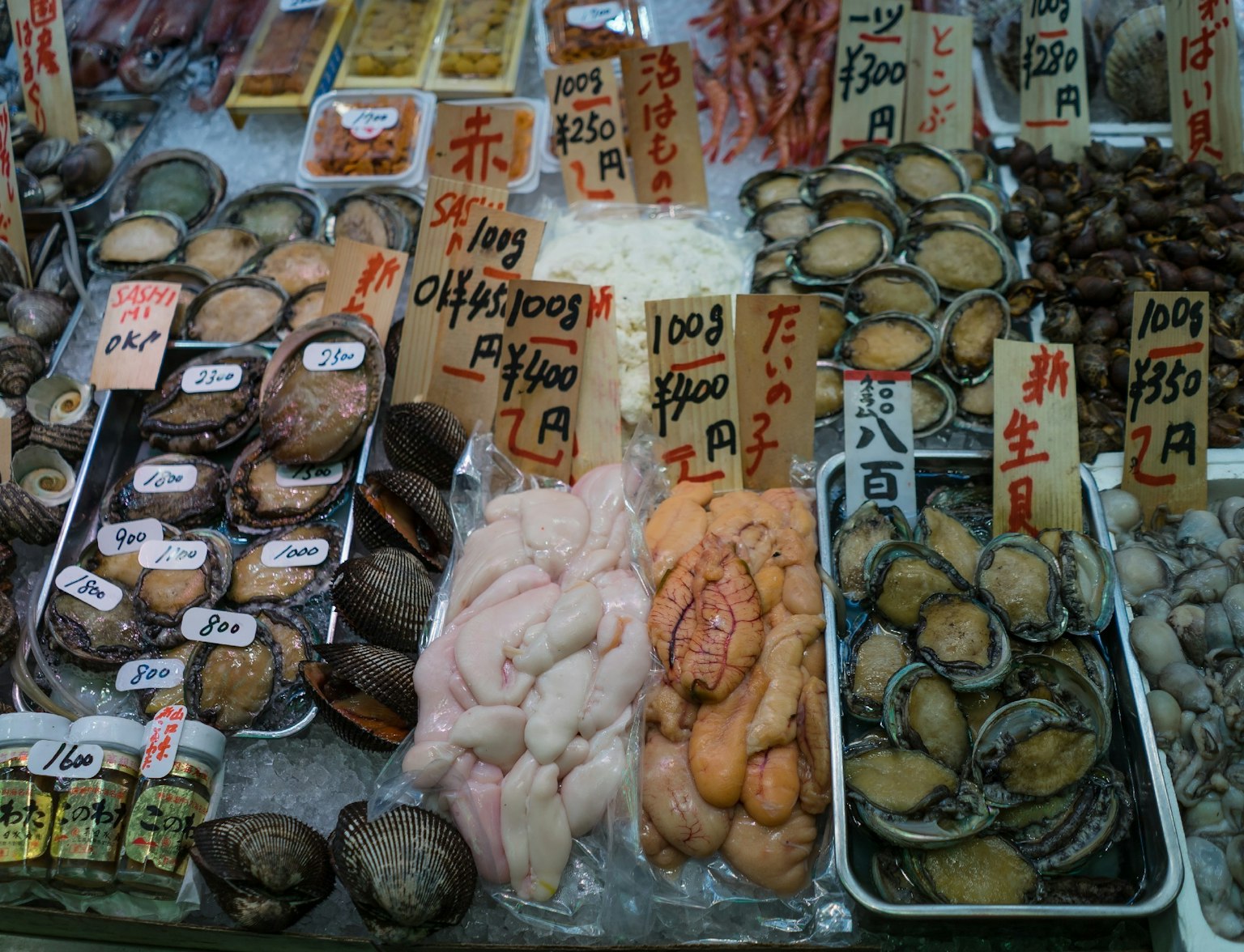
Discover the flavours of Kyoto with a guided walk through the historic Nishiki Market.
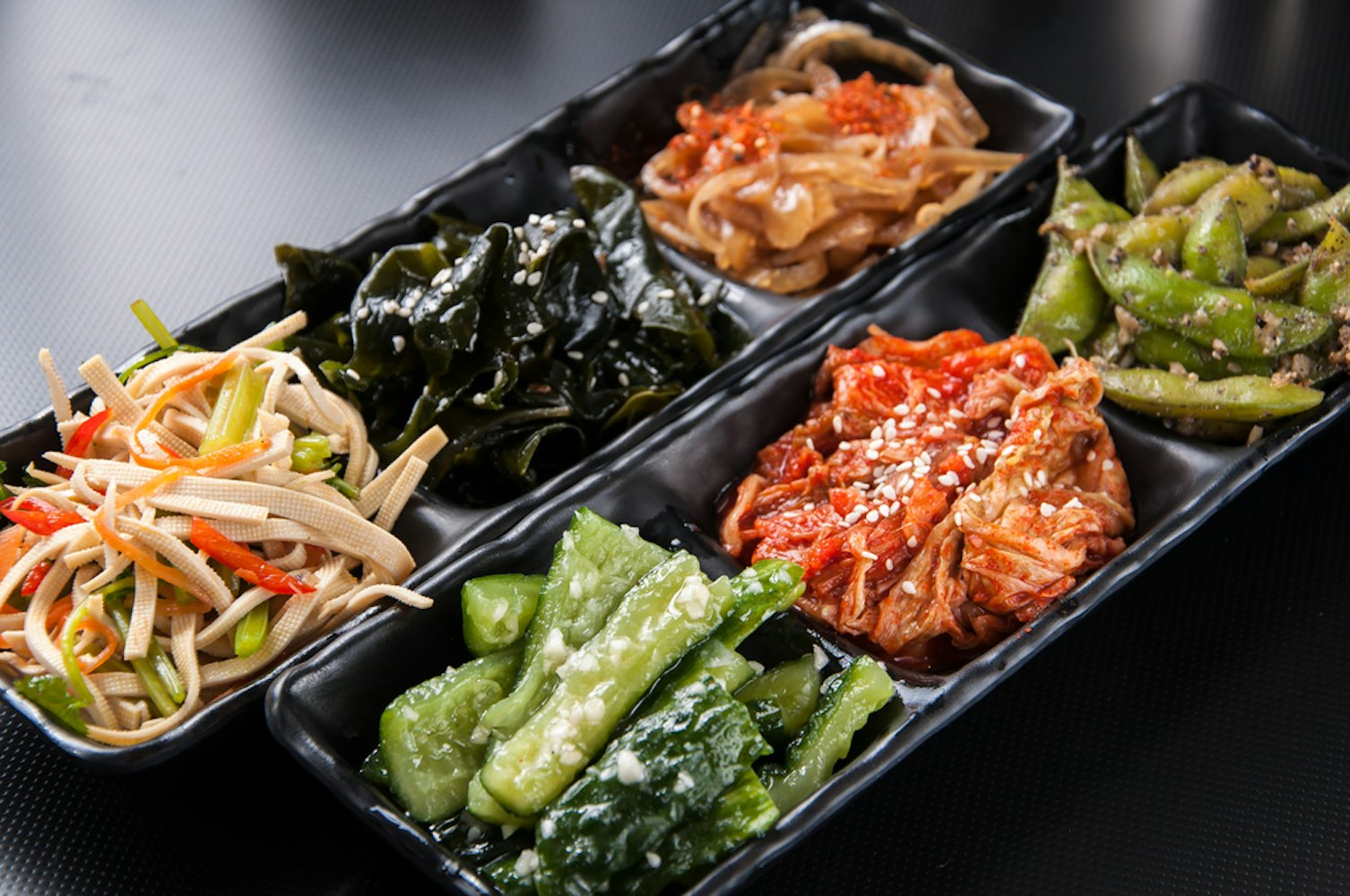
Tsukemono, or Japanese pickles, are integral to Japanese cuisine. They offer a burst of flavor and a satisfying crunch.
At Nishiki Market, you can find an entire shop dedicated to these colorful pickled vegetables, showcasing a range of traditional and unique varieties. Often crafted from locally grown Kyoto vegetables, known as kyo yasai, these pickles include turnips, cucumbers, and eggplant.
They are pickled with salt, vinegar, rice bran (nuka), and sometimes sake lees for added depth. These pickles are prized for their ability to cleanse the palate, making them a delightful snack and a meaningful souvenir that captures the essence of Kyoto's culinary heritage.
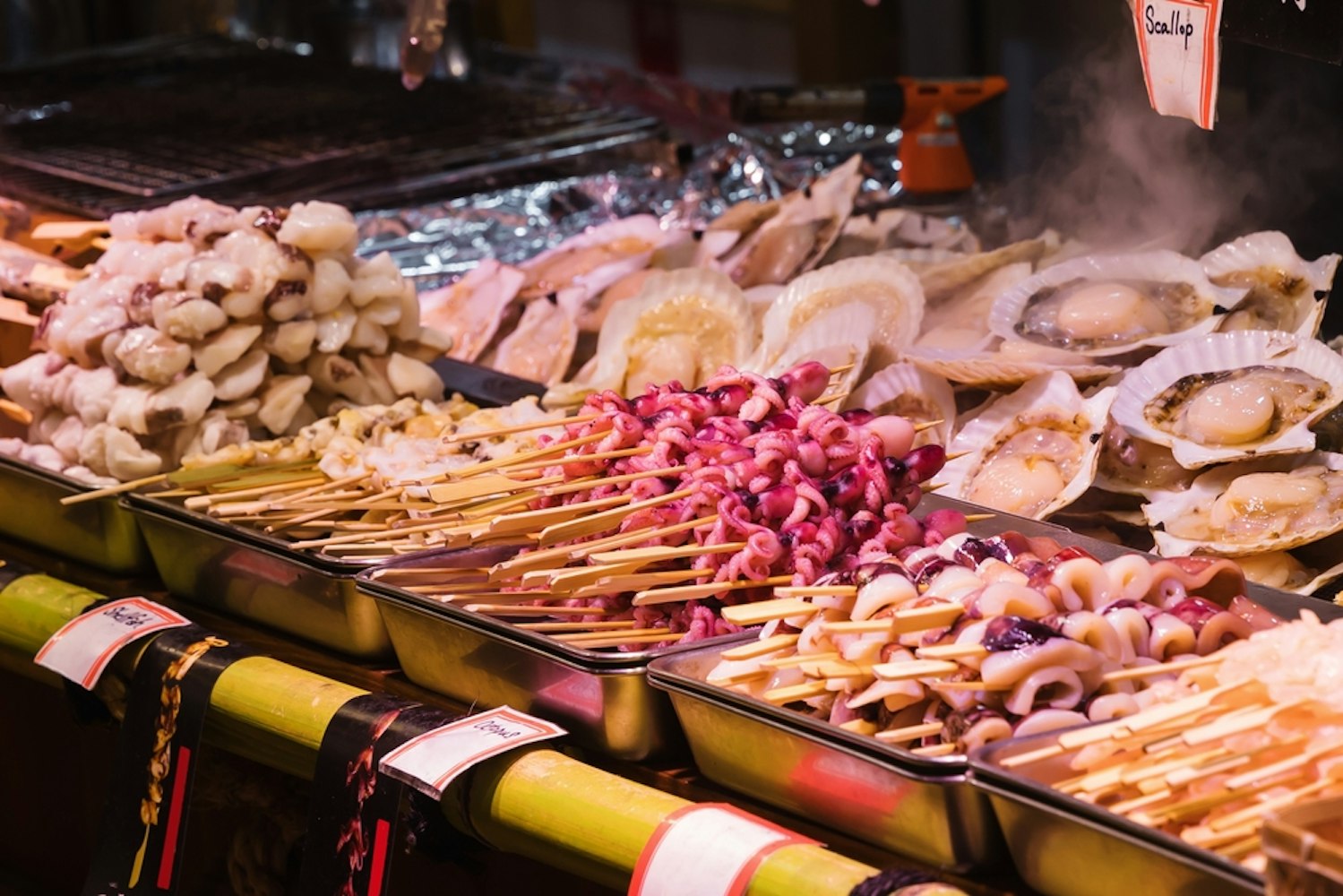
Seafood lovers will find themselves in paradise at Nishiki Market, where the stalls are filled with incredible ocean-fresh catches and Japanese specialties. From fresh fish like mackerel and eel to dried delicacies such as small sardines and squid, the market offers endless options for those exploring Kyoto's seafood scene.
One particularly intriguing snack, tako tamago, features mini octopus heads skewered and stuffed with a tiny quail egg, making for an unforgettable and uniquely Japanese bite. The array of dried seafood here also brings to mind the famed Tsukiji Market in Tokyo, with everything from salted fish to dried seaweed available for purchase, showcasing flavors that cater to both locals and curious tourists alike.
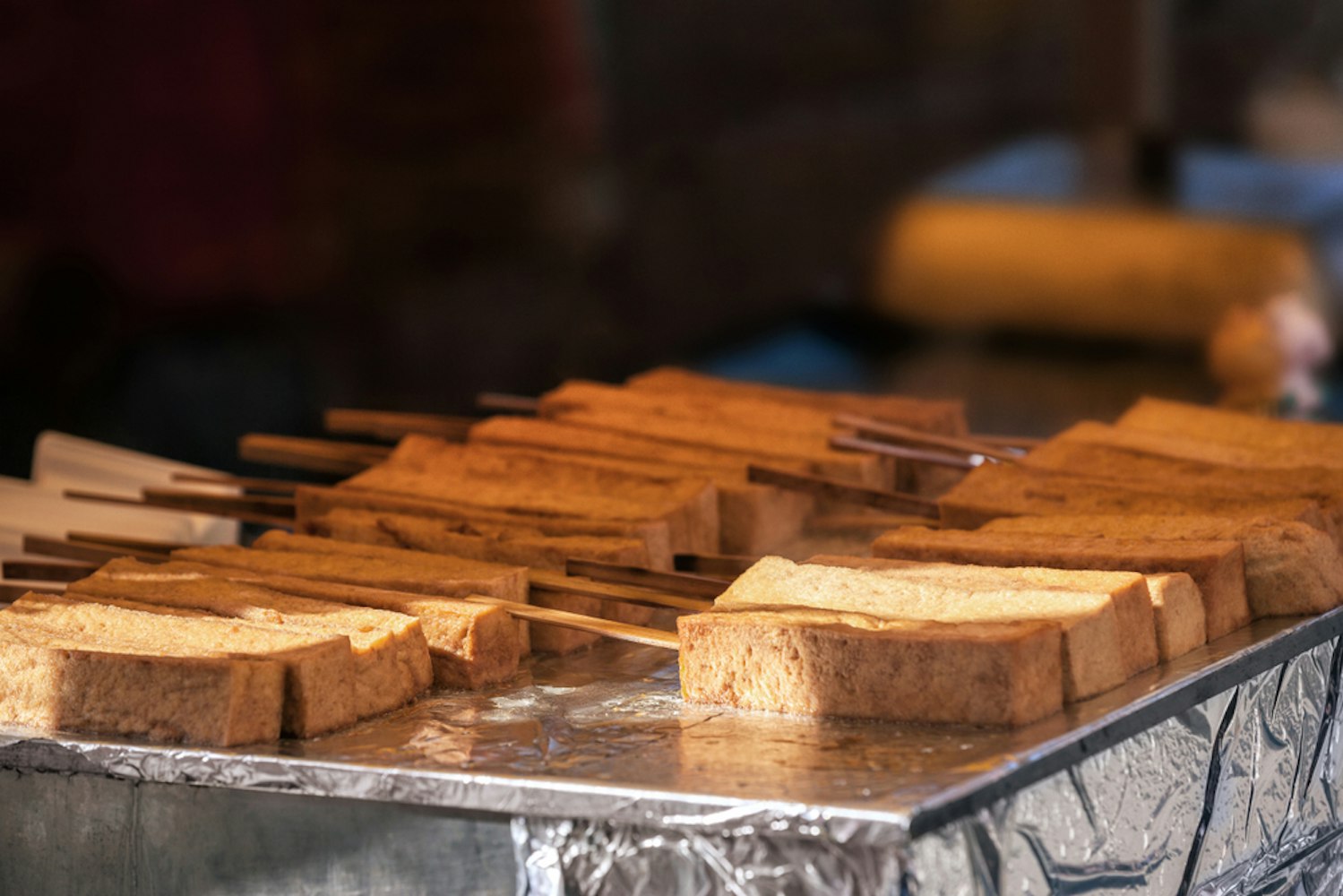
Tofu is a significant ingredient in Japanese cuisine. Kyoto is particularly famous for its premium tofu, thanks to the region's pure water and longstanding artisanal methods.
Nishiki Market showcases this delicate staple through various dishes, including yuba or tofu skin, which is known for its rich texture and subtle, creamy taste. Yuba is created when soy milk is gently heated, forming a thin, silky layer that is then carefully lifted and served fresh or dried.
Vendors at Nishiki Market offer tofu in multiple forms, from fried aburaage (tofu pouches) to grilled tofu skewers, giving visitors a taste of this versatile ingredient in every possible style.
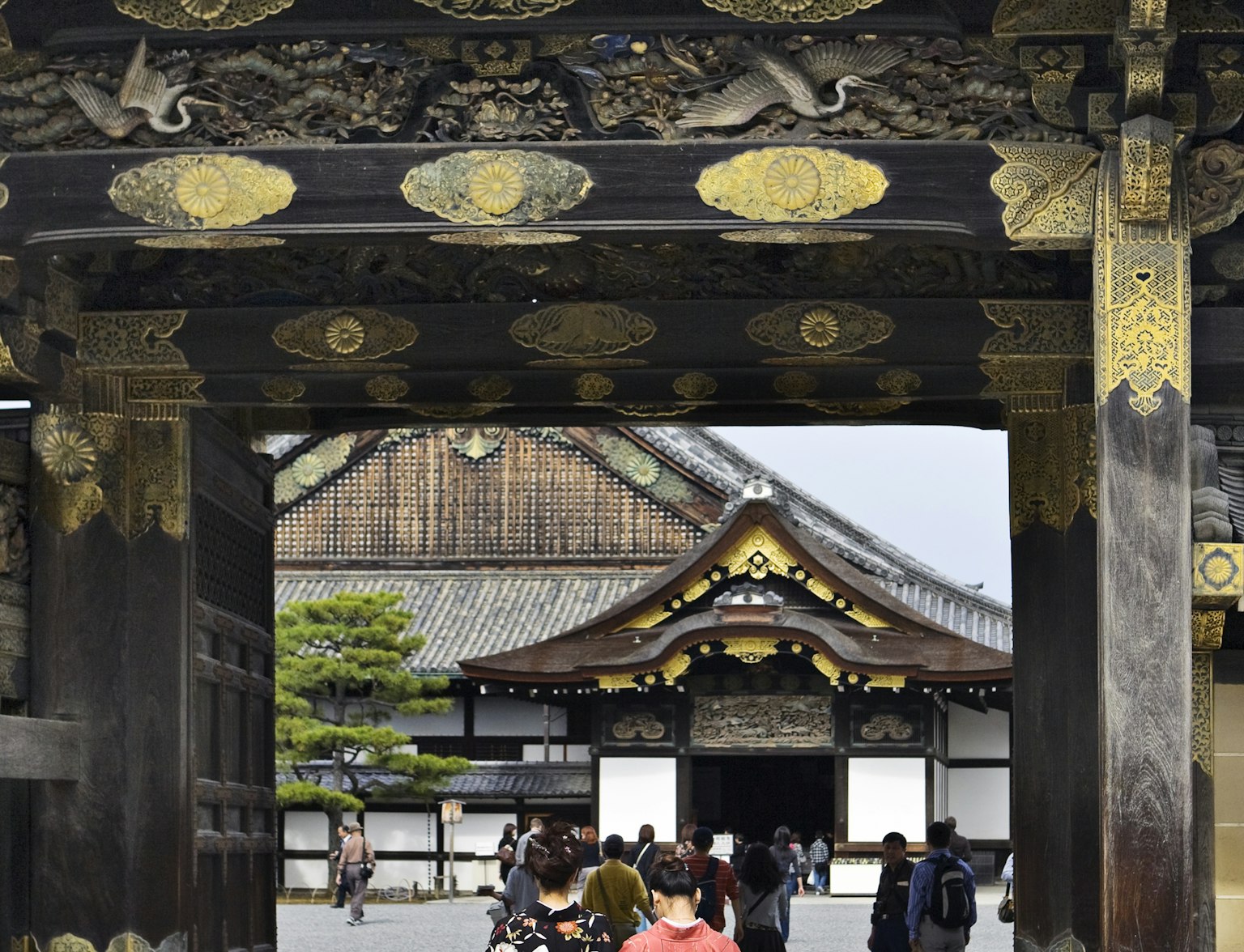
Discover Kyoto's timeless charm with our exclusive one-day tour.
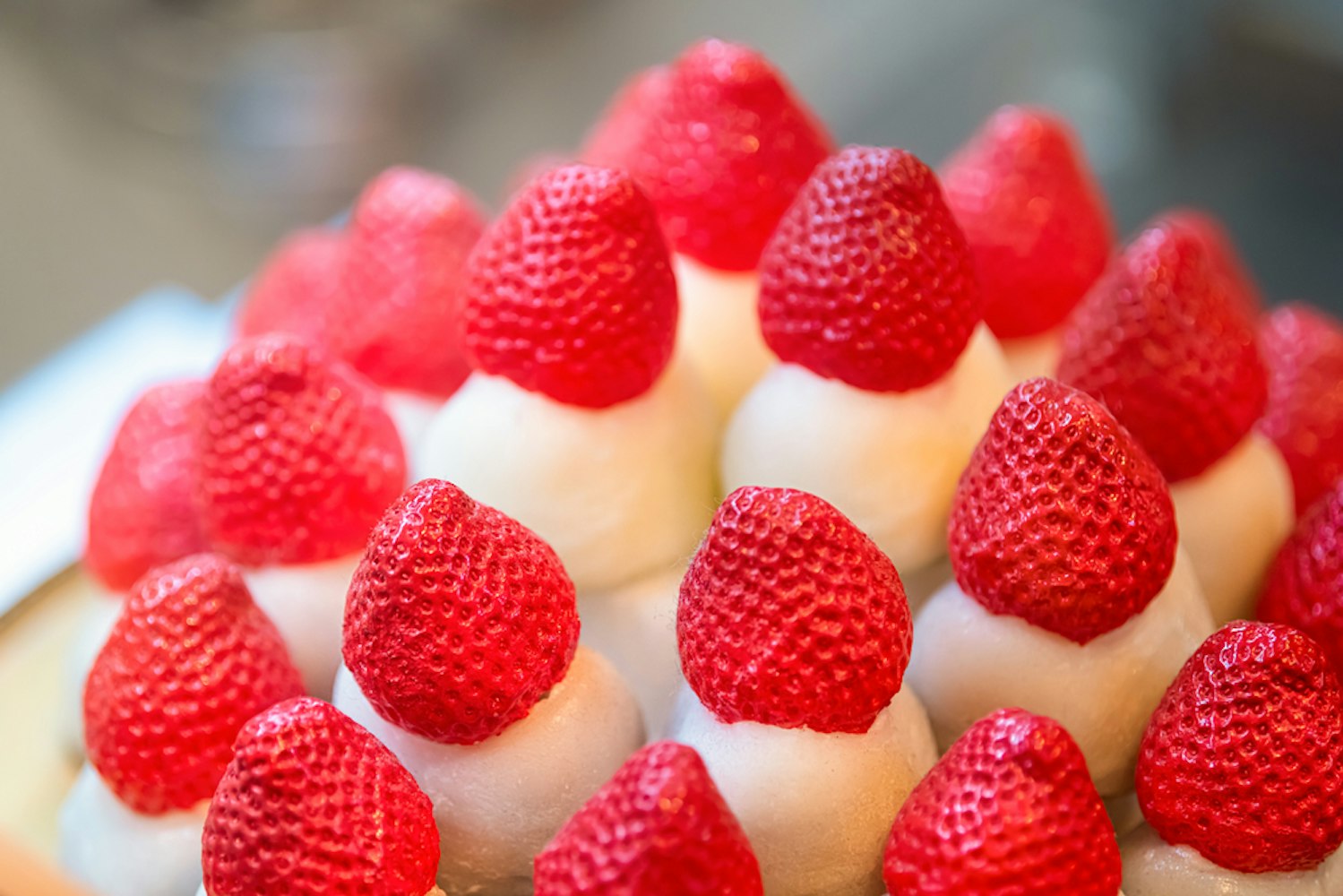
Wagashi, a traditional Japanese sweet, is a beloved treat at Nishiki Market. They offer a beautiful taste of Japanese culture and artistry.
These sweets come in a variety of flavors and textures, with popular choices including daifuku (mochi filled with red bean paste), dango (sweet rice dumplings), and senbei (savory rice crackers often dusted with plain salt). Each wagashi is carefully crafted to reflect the changing seasons or natural motifs, making them as visually stunning as delicious.
Nishiki Market has several shops dedicated to wagashi, and these treats make lovely souvenirs, often packaged in decorative boxes perfect for gifting.
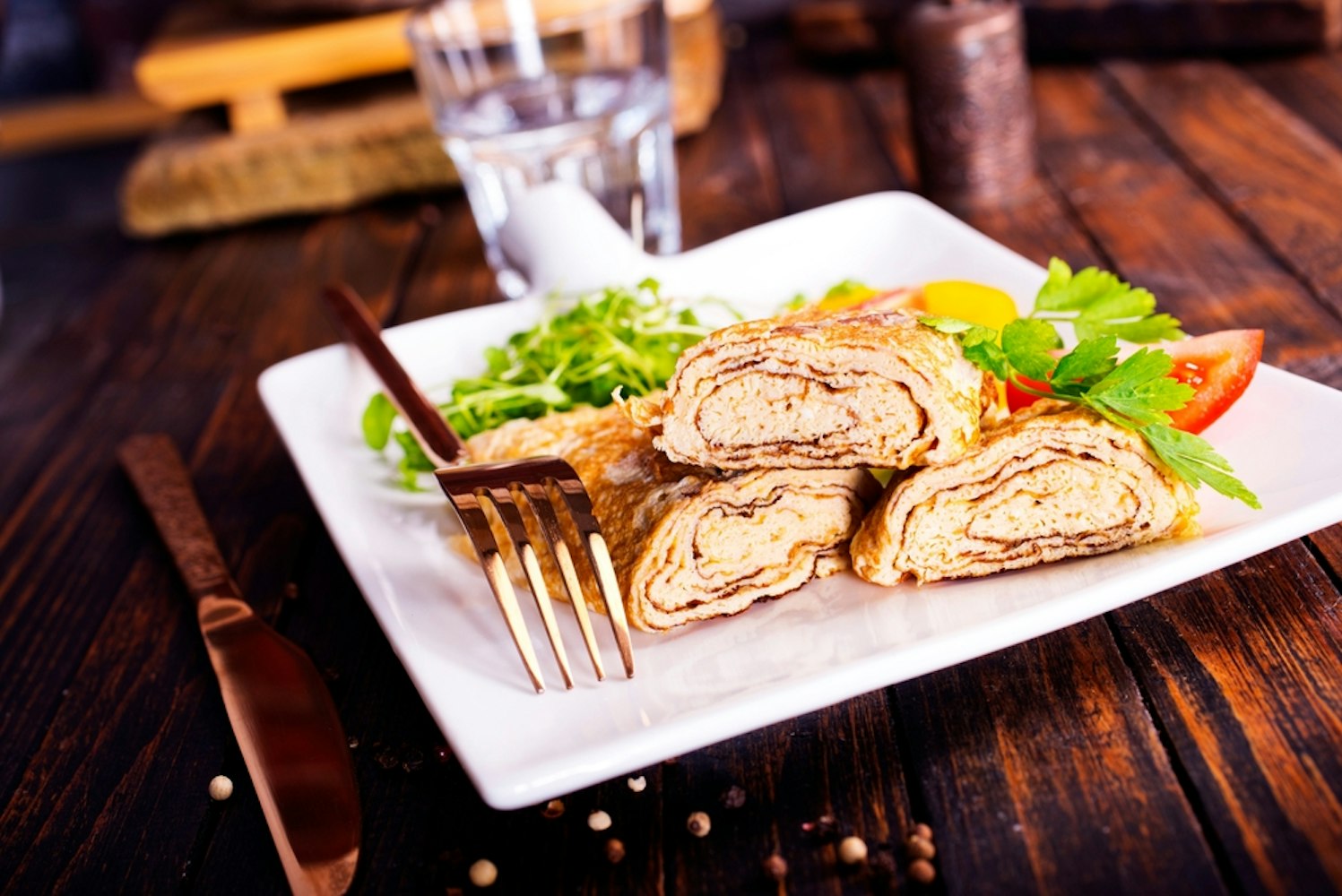
Dashimaki tamago is a traditional Japanese rolled omelet, distinctively flavored with dashi—a savory broth made from kelp and bonito flakes. This infusion gives the omelet a light, fluffy texture and a subtle umami taste, setting it apart from the sweeter tamagoyaki.
At Kyoto's Nishiki Market, vendors prepare dashi maki tamago fresh, skillfully rolling the layers into thick, rectangular slices ideal for on-the-go enjoyment. Observing the meticulous cooking process offers insight into Japanese culinary techniques, and the resulting flavor evokes the comforting essence of home-cooked meals.
Aside from the many food stalls, Nishiki Market has a variety of shops selling Japanese kitchenware, souvenirs, and unique items such as personalized chopsticks and dried seaweed. For anyone interested in cooking, shops offer a selection of locally-made soy sauce, spices, and even tea.
Some stores offer a tea ceremony experience right within the market, allowing visitors to appreciate the intricate traditions of Japanese tea culture. If you need a break from the bustling atmosphere, you can find a few shops with free WiFi, allowing you to pause, catch up with friends online, or plan your next stop in Kyoto.
For those who enjoy shopping for kitchenware or cooking tools, Nishiki Market has a fantastic array of utensils and dishes, from high-quality knives to ceramics that make unique souvenirs.
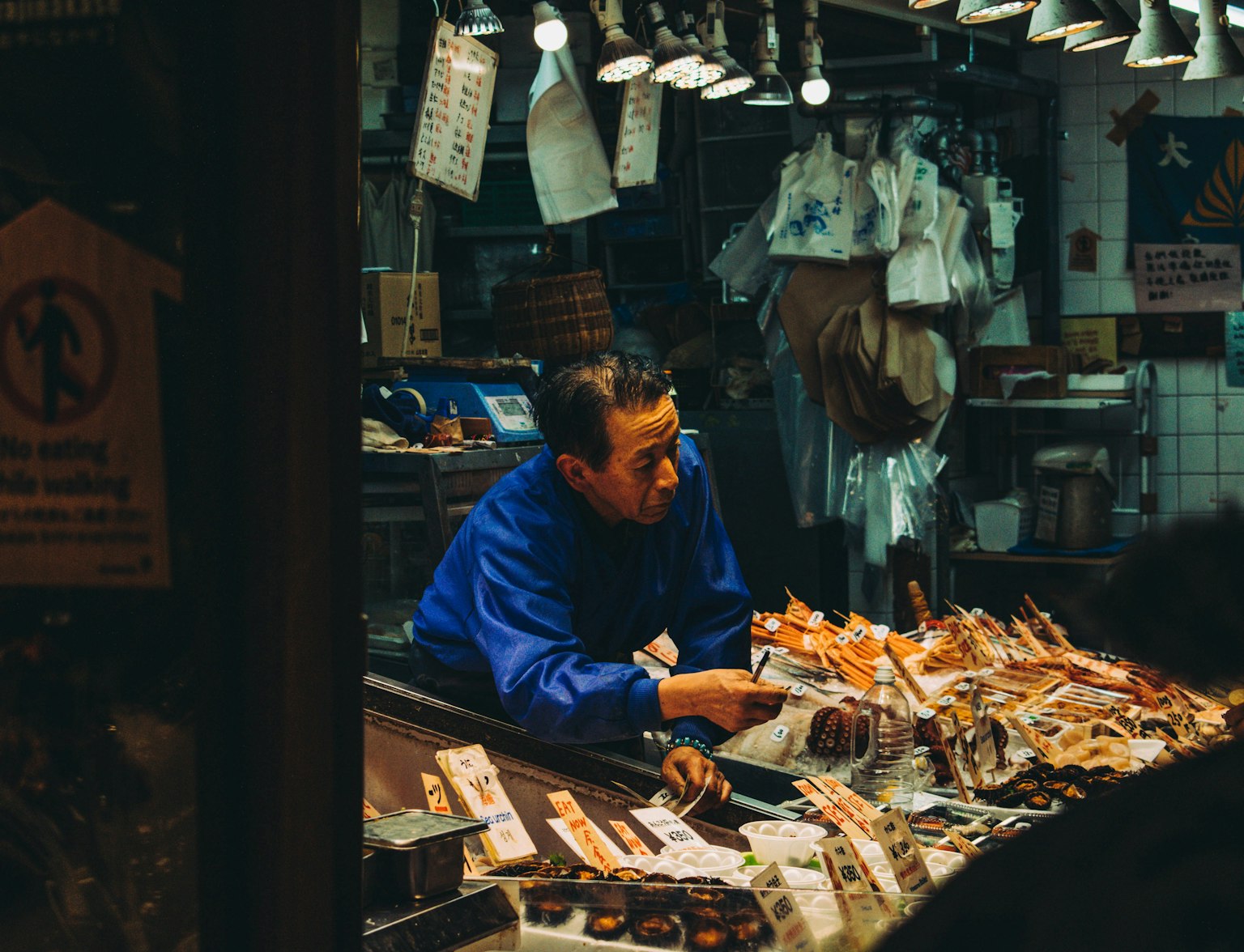
Join our 3-hour guided exploration of Kyoto's Nishiki Market.
Getting There: Nishiki Market is located near Shijo Station on the Karasuma Subway Line and Kawaramachi Station. It's also close to Kyoto Station, making it accessible for locals and tourists.
Best Time to Visit: The market opens at 9 AM, but it's best to visit earlier in the day if you prefer a quieter experience. Late afternoon can get extremely crowded, so plan accordingly.
Sampling Etiquette: Many vendors offer samples of their products, so feel free to taste them before purchasing. Remember to be polite and say "arigato" (thank you) to the vendors.
Dining Options: While there are no sit-down restaurants within the market, plenty of noodle shops and casual eateries are in the surrounding area. The market is also a great place to enjoy an early dinner or pick up snacks to enjoy later.
Avoiding Waste: Nishiki Market encourages visitors to be mindful of waste. Some stalls provide trash cans, but carrying your trash is a common courtesy.
Nishiki Market captures the soul of Kyoto through its wide variety of foods, flavors, and aromas. Every visit offers something new, from tasting freshly grilled seafood to discovering how Kyoto's fresh produce can be transformed into delightful snacks.
It's more than just a shopping street; it's a cultural experience where local people and tourists come together to celebrate food, tradition, and the artistry of Japanese cuisine. Whether you're here for the street food, the fresh produce, or the vibrant atmosphere, Nishiki Market is a place you will want to visit on your trip to Japan.
It reflects the country's deep connection to food and dedication to craftsmanship, making it a perfect destination for any food lover. Next time you're in Kyoto, stroll down Nishiki Ichiba and taste the city's heart!
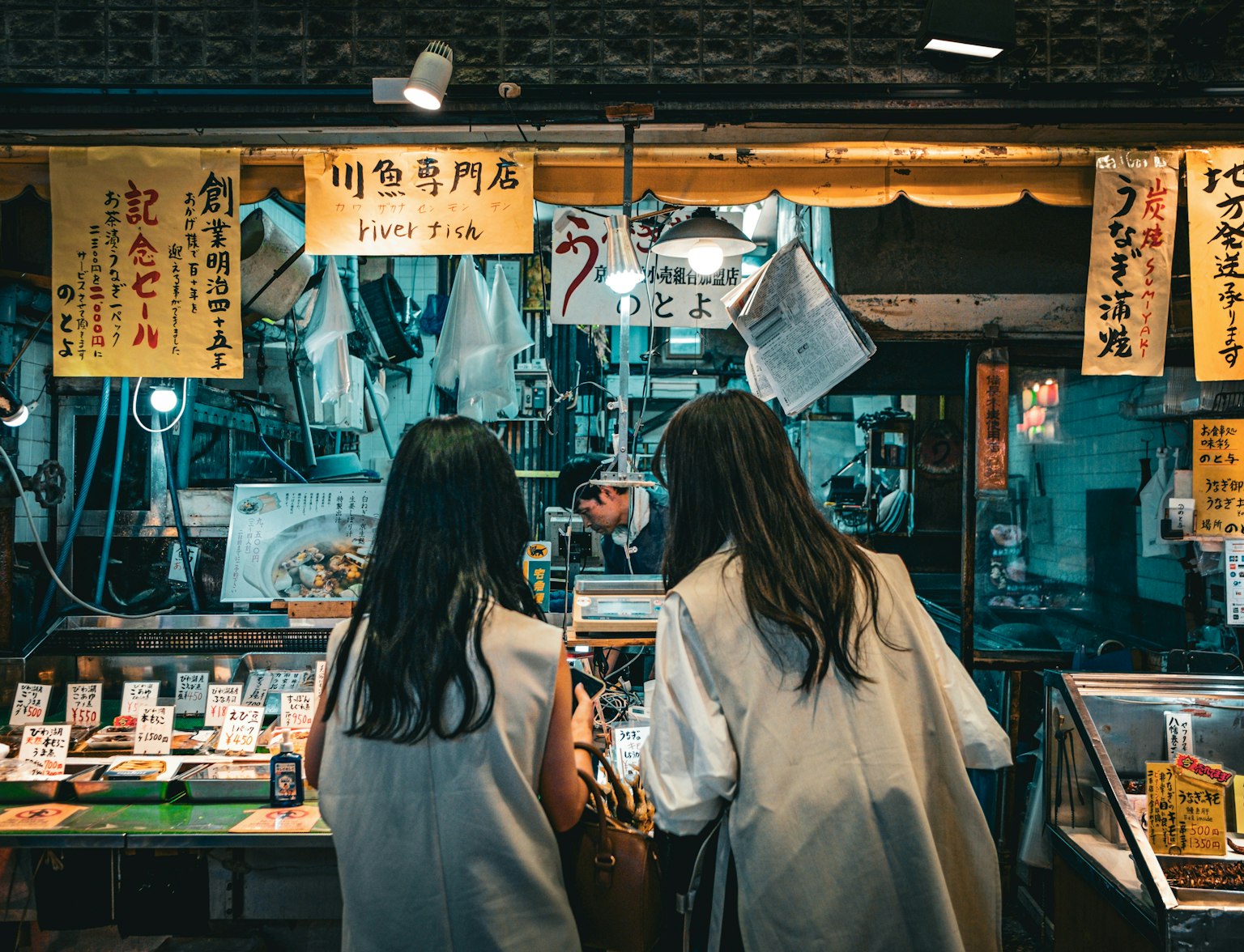
Embark on a 2.5-hour culinary journey through Kyoto's Nishiki Market.
